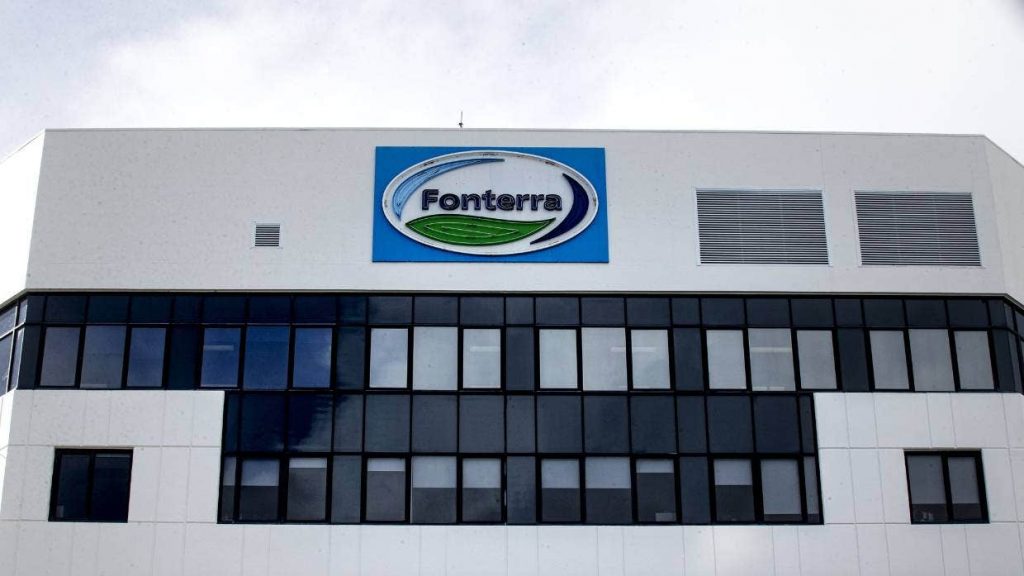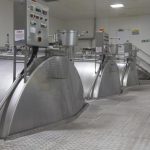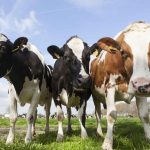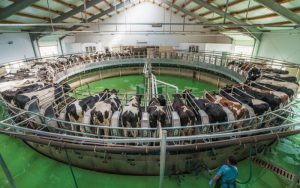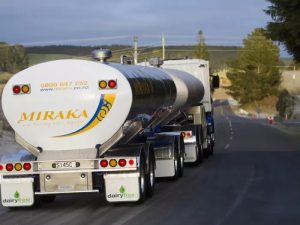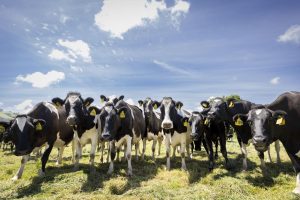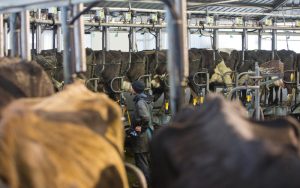
The payout is looking so good that some in the media have even questioned whether Fonterra can afford to pay it, a question that the cooperative’s chief financial officer, Marc Rivers, answered with an emphatic yes.
Every farmer that banked a milk cheque from the 2013/14 season with a broad smile on their face will be acutely aware of the severe financial pain that followed over the next two seasons. The farmgate milk price plunged to $4.40 in the 2014/15 season and dipped further still to $3.90 the year after that.
It was a crash in price that fuelled gleeful speculation both online and in the mainstream media that dairy farming in New Zealand was done for. The common theory was that dairy farmers had been let down by processors not focusing exclusively on value-added products and had therefore been caught out by the inevitable collapse of the low-value commodity market.
The truth was not quite that simple. Off the back of a record payout, New Zealand increased milk supply by a massive 8 per cent in 2014, helped in no small part by 60 new dairy conversions in Canterbury.
This increase in production coincided perfectly with the removal of European milk quotas in April 2014, an event the Irish dairy industry was well-prepared to take advantage of.
As a result, European and Irish milk production also increased by 8 per cent in 2014 and the excess supply swamped demand, crashing milk prices worldwide.
Demand for milk protein steadily increased at a rate of about 2 per cent per annum, and it took several years for demand to catch up with the sudden increase in supply and for prices to start rising again.
New Zealand’s milk supply has been static for a few years now and is predicted to decline, a situation driven in part by no land for dairy conversions, new environmental policies and changing land use policies.
The National Policy Statement on Freshwater has made it almost impossible to convert land to dairy or dairy support and increasing numbers of dairy farms on marginal land are switching to horticulture.
With feed prices dramatically increasing in both the United States and Europe there is little appetite for them to chase production and take advantage of higher prices. In the UK the increase in the price of feed has outstripped the increase in the price of milk and there’s very little chance we will see an increase in milk supply out of Europe or North America this time around.
As demand continues to slowly tick upwards and there being little likelihood of massive increases in supply like there was seven years ago, there’s little reason to expect farmgate milk prices to crash like they did last time we saw record pricing.
This does not mean milk prices will stay at record levels and nor does it mean farmers should take their eye off one of the few things they can control — farm working expenses.
DairyNZ puts the national average cost of producing a kilogram of milk solids at $4.46 and the average cost of servicing debt on a dairy farm at $1.24 per kilogram, making the breakeven payout for the average New Zealand dairy farmer $5.70.
This year the Reserve Bank has run stress-test scenarios to see how vulnerable the dairy sector is to fluctuations in payout. It discovered that one third of all New Zealand dairy farms would enter negative cash flow, and lose money, at a payout of $5.50.
New Zealand dairy farmers are price takers with no ability to pass increased costs on to the consumer. We must budget carefully and absorb wage, power and feed increases no matter the milk price payout. In fact, with fertiliser prices increasing by as much as 50 per cent this season, I wouldn’t be surprised if the average breakeven payout was now higher than the Reserve Bank’s modelled $5.50.

With interest rates also increasing, instead of protesting about the prospect of paying a few thousand dollars more for a new ute, farmers might be better off putting that money towards debt reduction.
New Zealand’s competitive advantage over intensive overseas producers is that our pasture-based systems are low cost and efficient. It’s that efficiency that pulled us through the low payout years and it’s that efficiency that continues to keep us profitable.
We can’t afford to lose sight of the fact that keeping a lid on expenses and debt is one of the few things that we can control. Investment should be focused on areas that make us more productive, more efficient or both.
My very first dairy employer told me that if he looked after the cents then the dollars would look after him. That adage is just as true today as it was when he told it to me in 1996.
